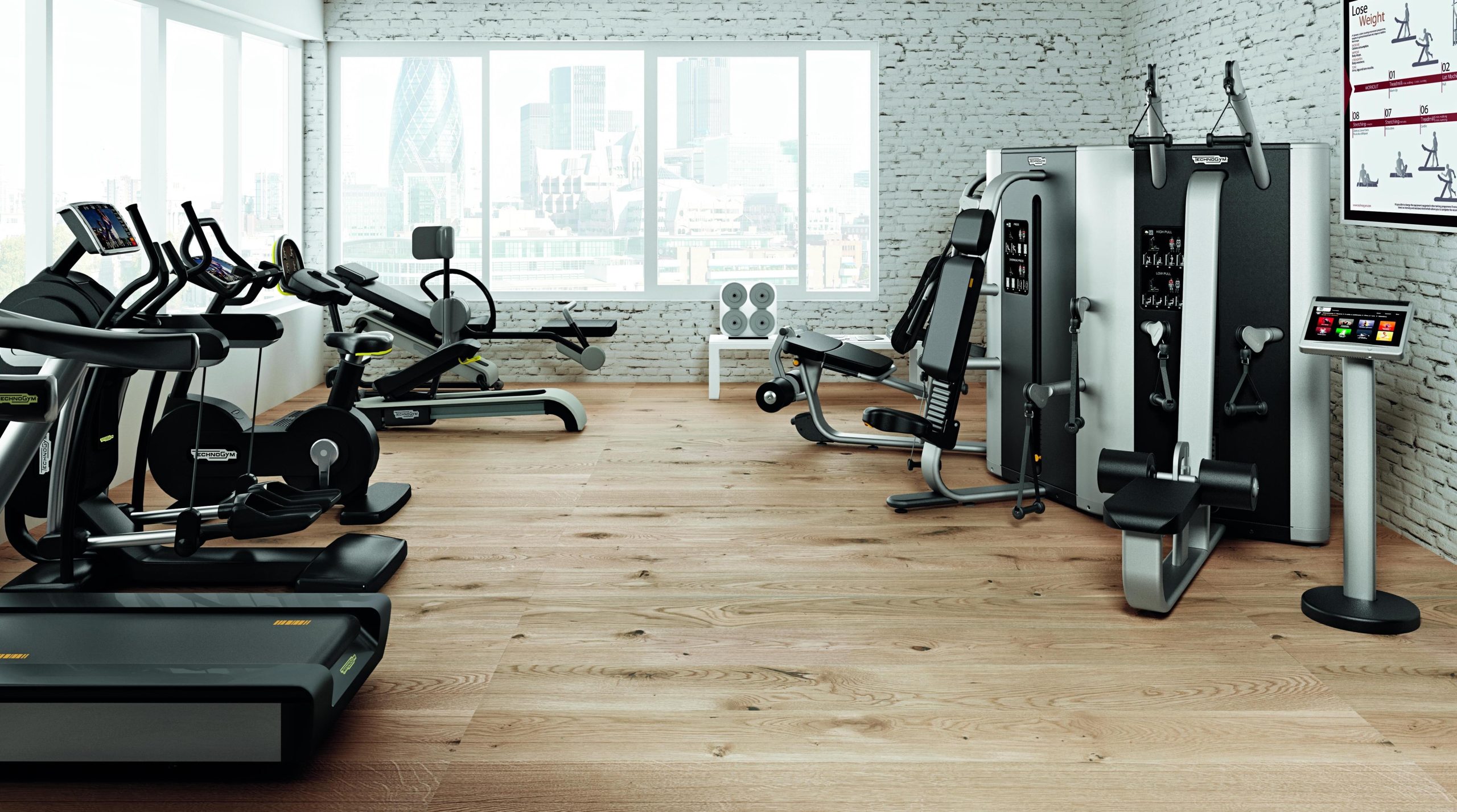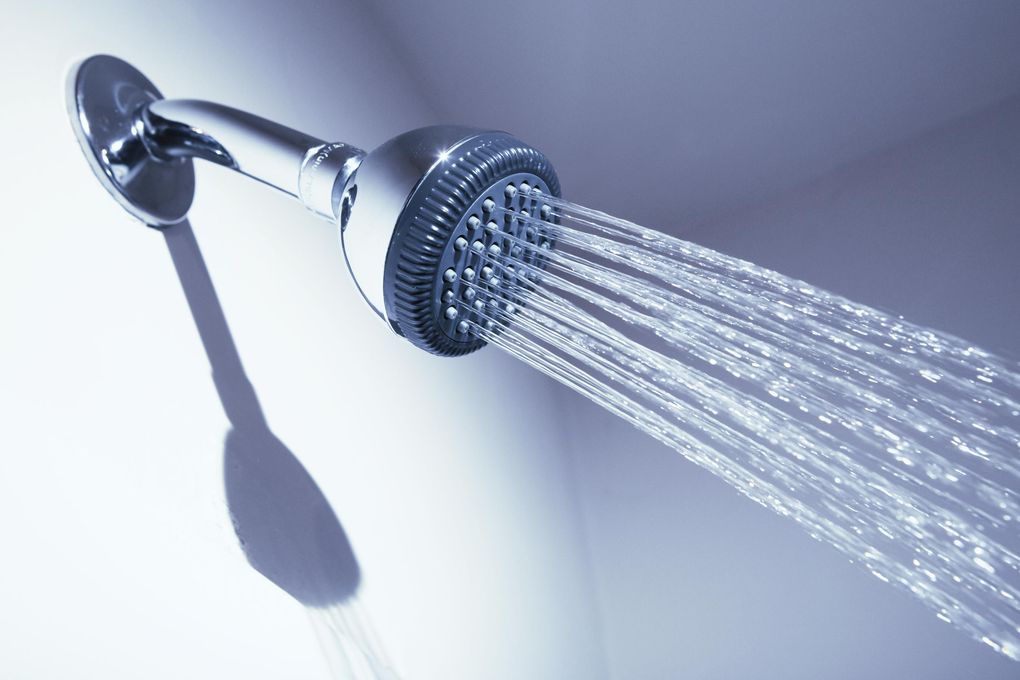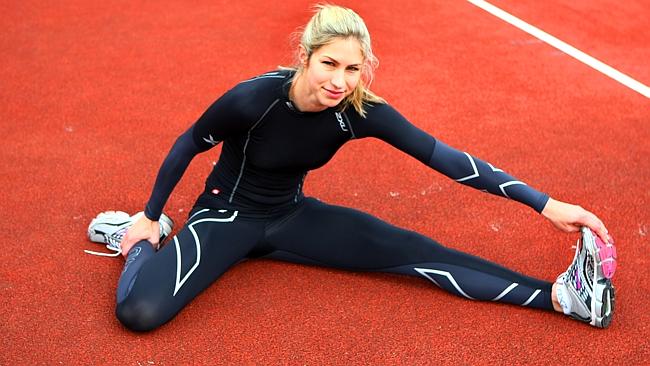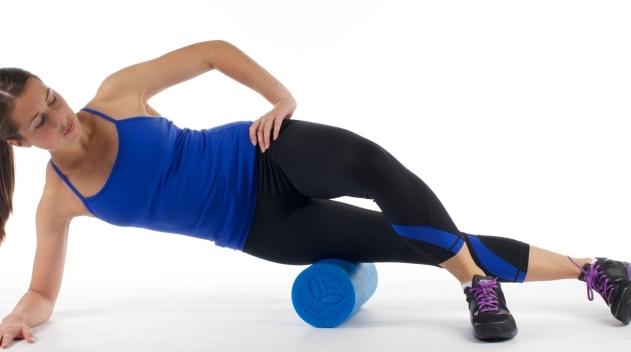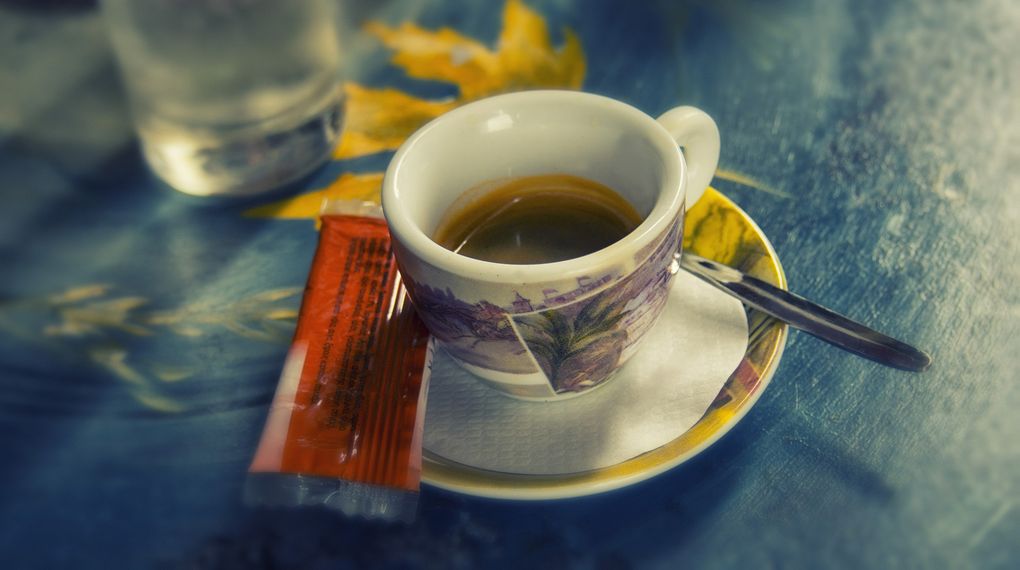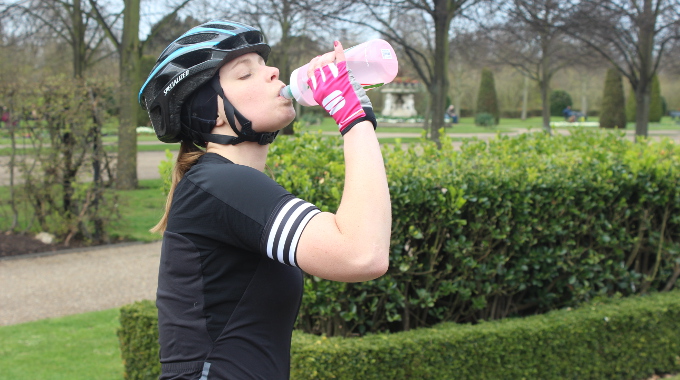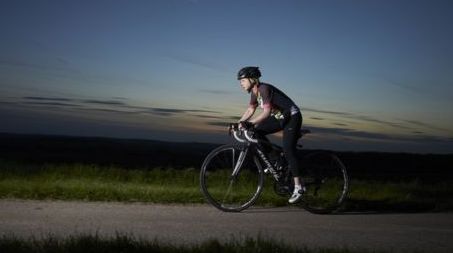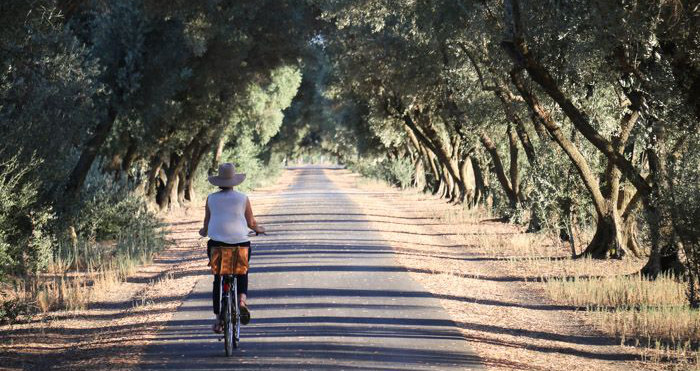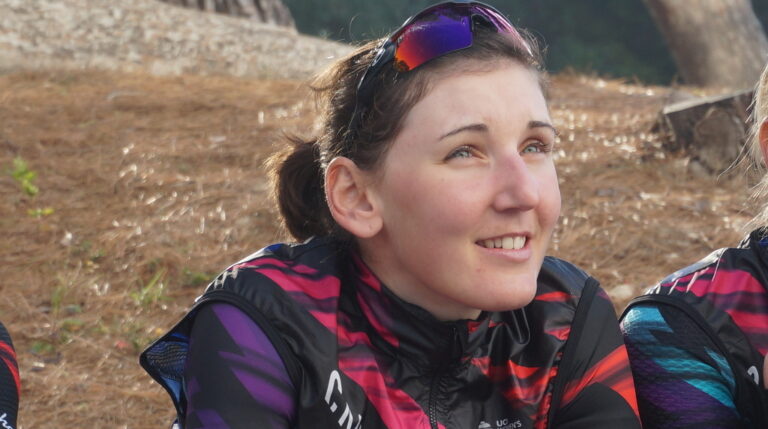The guys and gals who work at the gym are probably used to the pattern. Every winter, hundreds of athletes – runners, cyclists, triathletes – wander into the gym. Blinking under the lights, they make their way to the weights area and pick up where they left off last winter – only to return walking like John Wayne with a wedgie the next day.
Over winter, many cyclists put a focus on core strength. This is an important component to the sport, a strong core can reduce fatigue, increase power and limit injury. It’s also a good idea to focus on it over winter, when the resulting Delayed Onset Muscle Soreness (DOMS) won’t get in the way of events and planned days out on the bike. And the weather is rubbish anyway.
Beginner Tips for Joining the Gym
Though DOMS – that nasty heavy feeling in your legs that appears 1-2 days after a strength session or hard ride – are better dealt with over winter, they’re not all that pleasant and the more you can reduce them the better you’ll feel.
Here are just a few ways to make DOMS disappear more quickly…
Don’t overdo it in the first place

Too late? Well, bear this in mind for next time.
Soreness after a workout is not a bad thing. DOMS occur when you push your muscles out of their normal comfort zone, causing microscopic damage to muscle fibres – when these heal, adaption takes place and that’s how you become stronger (fitter, better, faster).
However, you don’t want to push so far that you find yourself hardly able to walk for three days, and nor do you want to cause injury by carrying out moves or using weights that your body isn’t ready for.
When beginning a new strength training programme, or any new training programme, build up slowly. If the last time you touched the dumbbells was in February last year, you won’t be able to use the same weight in December. Begin with body weight exercises, then add weights when you’re ready, and increase the kg or repetitions incrementally, over a period of weeks or months.
It’s also a good idea to plan to keep up with one to two gym sessions a week throughout the year – that’ll limit the chances of you being back in the same position again come next winter.
Always Warm Up and Cool Down

If you hit the hard stuff straight away, or don’t let your muscles slowly unwind after a workout, it won’t be surprising if you end up straining a muscle.
Make sure you always warm up and cool down – you can use body weight exercises such as squats and press ups to warm up, and spin on an exercise bike for ten minutes at the end to cool down.

